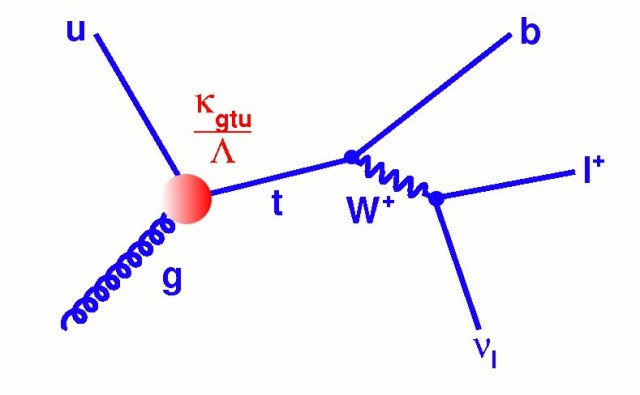A quantum revolution against Feynman diagrams
Ars Technica » Scientific Method 2014-01-07

Physicists Nima Arkani-Hamed and Jaroslav Trnka recently published a significant advance in the study of Scattering Amplitudes. These are formulas that physicists use to calculate everything from the chance an unstable particle will decay to the probability of new discoveries at the Large Hadron Collider. The two reformulated scattering amplitudes within a popular framework called N=4 super Yang-Mills, treating them as properties of abstract geometrical objects. In doing so, Arkani-Hamed and Trnka hope to gain a deeper understanding of the nature of quantum field theory.
For over half a century, scattering amplitudes in quantum field theories (the class of theories that physicists use to describe subatomic particles) have been calculated using what are known as Feynman Diagrams. Created by Nobel laureate Richard Feynman, these diagrams depict events in particle physics as combinations of all possible paths that particles could travel. While powerful, the method gets increasingly involved for more complicated processes, and many important calculations can’t be done using it, even with today’s most advanced computers.
This difficulty spurred physicists like Zvi Bern, Lance Dixon, and David Kosower to develop new methods for calculating scattering amplitudes. Starting in the early '90s, they reinvigorated the field, inventing a technique called generalized unitarity, work which was recently honored with the prestigious J. J. Sakurai Prize for Theoretical Physics. Generalized unitarity let researchers skip laborious calculations of Feynman diagrams and go more directly to results that are often surprisingly simple.
Read 5 remaining paragraphs | Comments